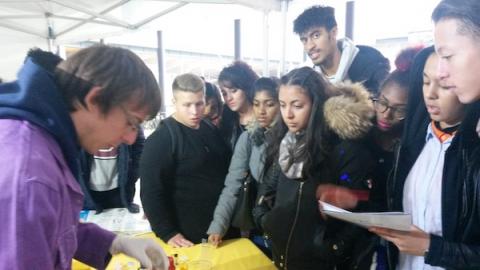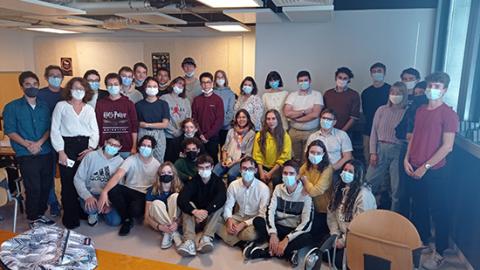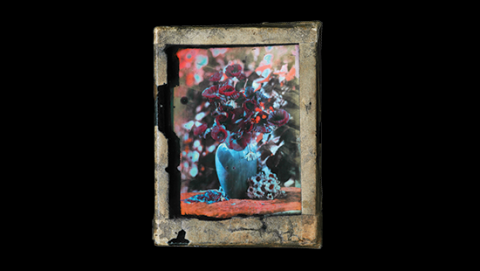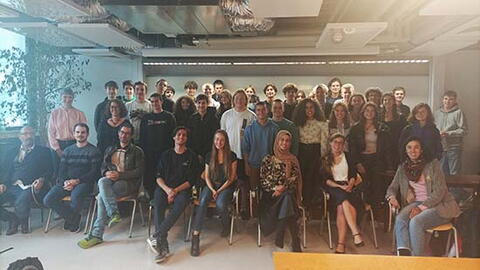
La fête de la science 2022: speedmeetings & Lippmann exhibition
For its second participation in Sorbonne Université's Fête de la Science, iMAT put on two events for schools and the general public.
Speedmeeting between doctoral students and high school students: sharing experiences and close-ups of university careers
Opus, QICS and iMAT, 3 thematic institutes of the Alliance Sobonne Université, have once again joined forces to organize meetings between high school students and doctoral students. The aim of these encounters is to showcase the plurality of career paths and the rich diversity of research topics. And thanks to our association with OPUS and QICS, the encounters are enriched by revealing the multitude of disciplines at our institutes, as well as the many bridges that mark out scientific studies.
For logistical reasons, we were only able to welcome two classes, 1h30 each. But the shared enthusiasm of the high-school students, accompanying teachers and doctoral students strengthened our resolve to repeat the experience.
This year, for the second year running, we were delighted to welcome Madame Marchand and Monsieur Pitcho's final year class (maths/physics option) from Lycée Berlioz in Vincennes, followed by Andy Davigny's second year class from Lycée Claude Bernard in Paris.
Thanks to our PhD students!
9 PhD students from our 3 institutes agreed to take part in the speemeeting and share their career paths, research projects and daily lives as young researchers.
Opus: Daria Derbilova, Elouan Mouro and Julia Cabanès
QICS: Julien Zylberman and Marie Joly
iMAT: Camila Bussola Tovani, Sophie Marbach, Sakina Meftah and Zakarya Ouzit
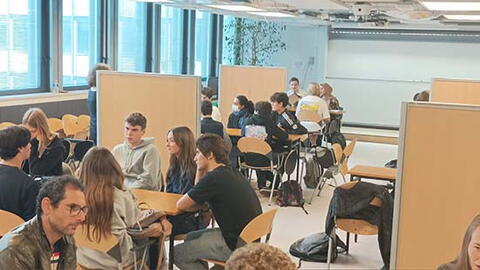
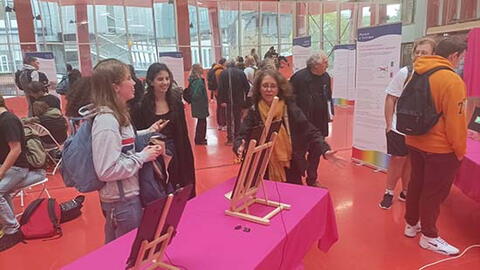
L'art de geler la lumière : deuxième ouverture au public
Pendant les 3 jours de la Fête de la science, nous avons déployé l'exposition consacrée au plaques Lippmann dans l'Atrium, au bout du Village des Sciences du campus Marie et Pierre Curie.
2 classes de scolaires le vendredi et 200 visiteurs le week-end ont pu découvrir la fabuleuse méthode de prise de photos couleur interférentielles inventée par Gabriel Lippmann, prix Nobel de Physique, ainsi que la reproduction de 30 de ces clichés originaux pris entre la fin du 19e siècle et le début du XXe.

